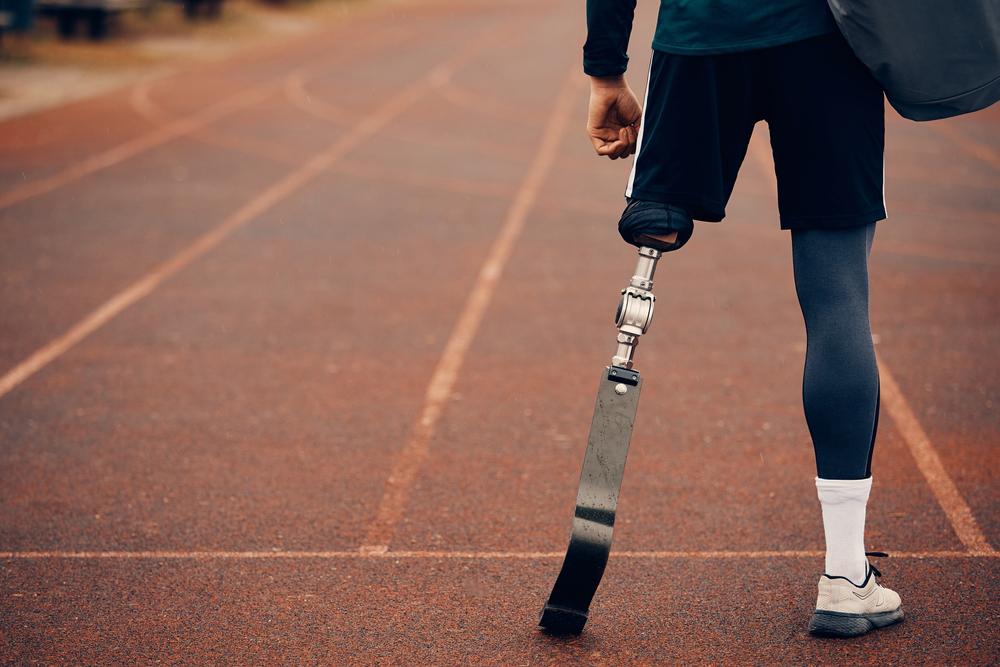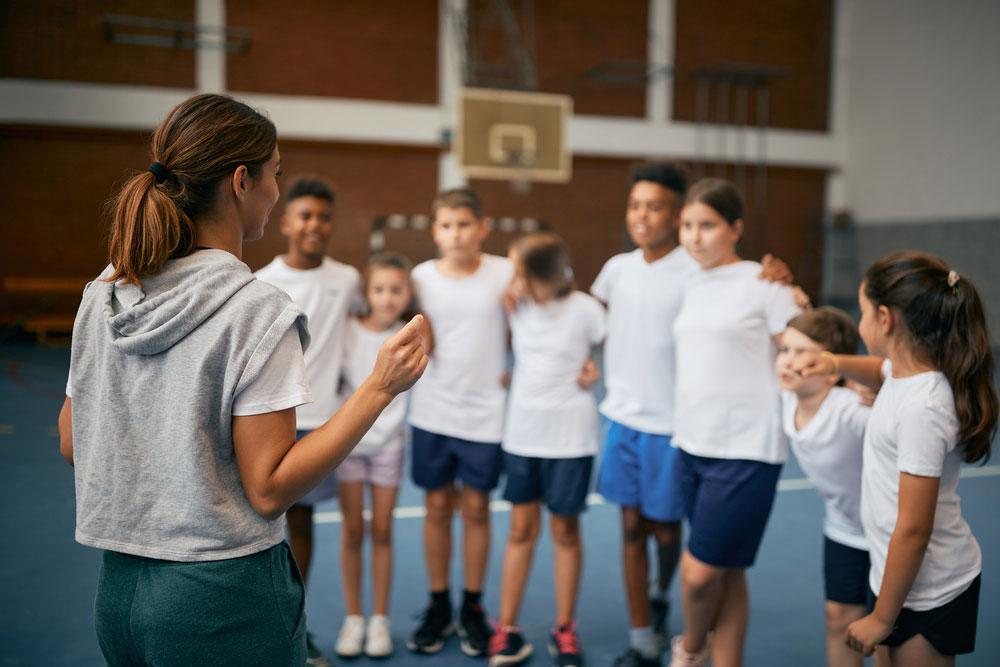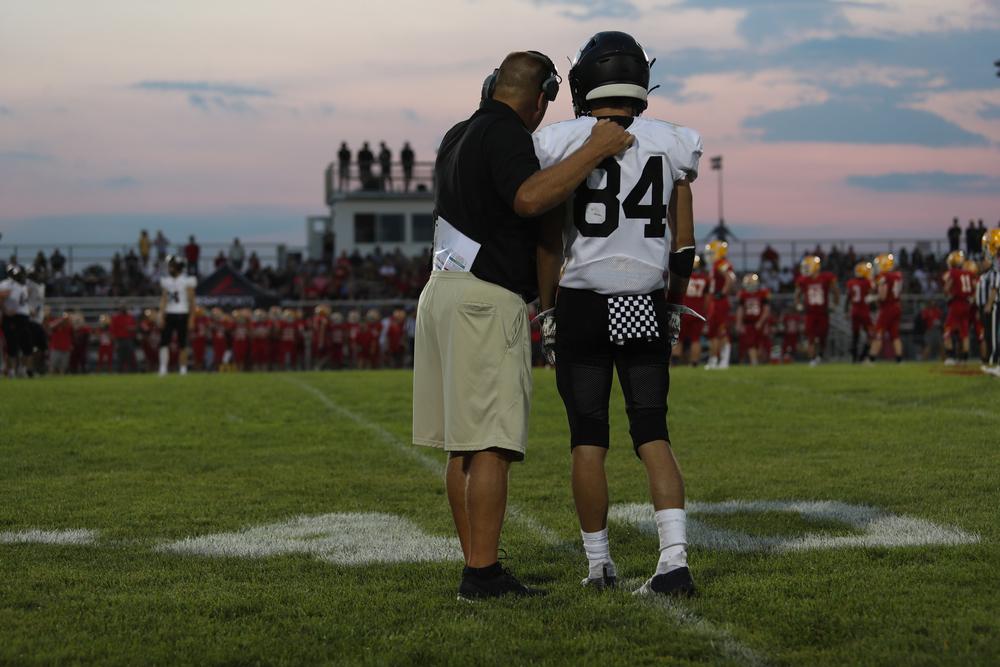 You may assume that student-athletes simply develop leadership ability by participating in sports, and it’s true that statistics suggest participation in youth sport is one of the top predictors of leadership capability. In fact, 94 percent of female CEOs were student-athletes.
You may assume that student-athletes simply develop leadership ability by participating in sports, and it’s true that statistics suggest participation in youth sport is one of the top predictors of leadership capability. In fact, 94 percent of female CEOs were student-athletes.
However, while youth sport is a great way for teens to develop leadership skills, it’s not an automatic skill transfer. Coaches have a responsibility to help athletes develop those leadership skills, and here, board-certified family physician and TrueSport Expert Deborah Gilboa, MD, shares the best ways to coach leadership ability.
Tip: Help athletes define leadership
Before you can ask or expect student-athletes to exhibit strong leadership, you will need to help them define what exactly leadership means. As a longtime coach, you may assume that athletes know what leadership looks like, or that athletes can easily take what they’re learning about being leaders in a team sport and use it in other areas of their lives. But Gilboa explains that most young athletes aren’t naturally making connections between their actions and the concept of ‘being a leader.’
She adds that if we’ve never asked an athlete to articulate what leadership looks like, it’s unlikely that they’ll make those connections. So, begin each season by asking athletes what leadership means to them, and constantly revisit those values throughout the season.
Tip: Ask athletes what they learned
We know that sport teaches athletes life lessons—but often, those lessons are missed until years later. “It’s a rare student who’s truly a lateral thinker, someone who can listen to a speech that a coach gives and connect it to a problem outside of their athletic life,” says Gilboa. “It’s hard for them to take a strategy from sport and apply it somewhere else. So as a coach, ask your athletes leading questions.”
You can simply ask athletes what they learned after games and practices and follow that up by asking where else in their lives that lesson might be useful. You may need to push them to consider lessons beyond sport skills and game tactics by asking about things like teamwork and decision-making.
Tip: Let athletes handle conflict
Leadership doesn’t just mean leading warmup drills or doing the team pep talk. In fact, the skill of leadership is the most valuable when things aren’t going well or there is conflict. And that is arguably the hardest time for someone to step into the role of being a leader. “It’s really worthwhile to consider letting athletes lead when things aren’t going great,” says Gilboa. “A lot of the most important leadership that happens on a team is when athletes are the ones to call out bad behavior. Yet this is when the coach is most likely to step in.”
Obviously, as the coach, you need to judge when it’s necessary for you to step in during a team conflict. But, if possible, give your athletes the opportunity to be the first to speak up and take charge.
Tip: Treat every athlete as though they can lead
 “It’s easy to make an assumption that a kid who’s loud is going to both want to be a leader and be a good one,” says Gilboa. “It can be really frustrating, especially to the other kids on the team, when we make that assumption because others typically know if that person’s not a great leader and they just got singled out as the leader for being loud.”
“It’s easy to make an assumption that a kid who’s loud is going to both want to be a leader and be a good one,” says Gilboa. “It can be really frustrating, especially to the other kids on the team, when we make that assumption because others typically know if that person’s not a great leader and they just got singled out as the leader for being loud.”
“We tend to associate leadership with extroversion, but those aren’t the same traits,” Gilboa explains. “In fact, some of the best leaders are those who are quieter, who lead from behind rather than being the figurehead of an organization.”
Athletes who are less outgoing may be more capable of leading than you assume, so operate as though any athlete on the team can take on leadership roles. You have the opportunity as the coach to help athletes find the leadership opportunities that best align with their strengths.
Tip: Make opportunities for different types of leadership
Many coaches use leading warmup drills or pre-game pep talks as opportunities for athletes to lead the team. That’s a good start, but it’s not the only way to encourage leadership. Gilboa suggests adding opportunities for the ‘quiet leaders’ to stand out on the team. Options like having every athlete bring a new play or drill to the team huddle every Monday allows the athletes who may not be the loudest to be part of decision-making for the team.
“Look for any place where you can be creative about letting students make decisions,” she adds. “But that means you have to be okay with any of the choices they pick, so don’t give them a choice you’re not okay with!”
Tip: Name and frame leadership
As a coach, you can help athletes spot moments of leadership, whether you’re pointing it out explicitly by telling the athlete that they did great rallying the team when they were down, or by asking pointed questions, like ‘What did you learn from leading warmup drills that you could take to your job at the movie theatre?’
Tip: Keep having the conversation
Let your athletes know that you are trying to help them develop leadership capabilities and remind them of that throughout the season. “There can be a constant dialogue about what the athletes are learning through their sport,” says Gilboa. “You want to help athletes recognize that sport teaches us these values like leadership, conflict resolution, and emotional regulation, while also helping athletes find ways to bring what they’re learning in sport to other areas of their lives.”
______________________
Takeaway
As a coach, you can encourage every athlete to take on leadership roles on your team. Start by defining what leadership can look like, and continue the conversation throughout the season, encouraging athletes to make connections between leadership moments on the field to opportunities outside of sport. Help all athletes find leadership roles that suit their strengths, call out moments of leadership, and don’t assume that the loudest players are the only leaders on the team.



